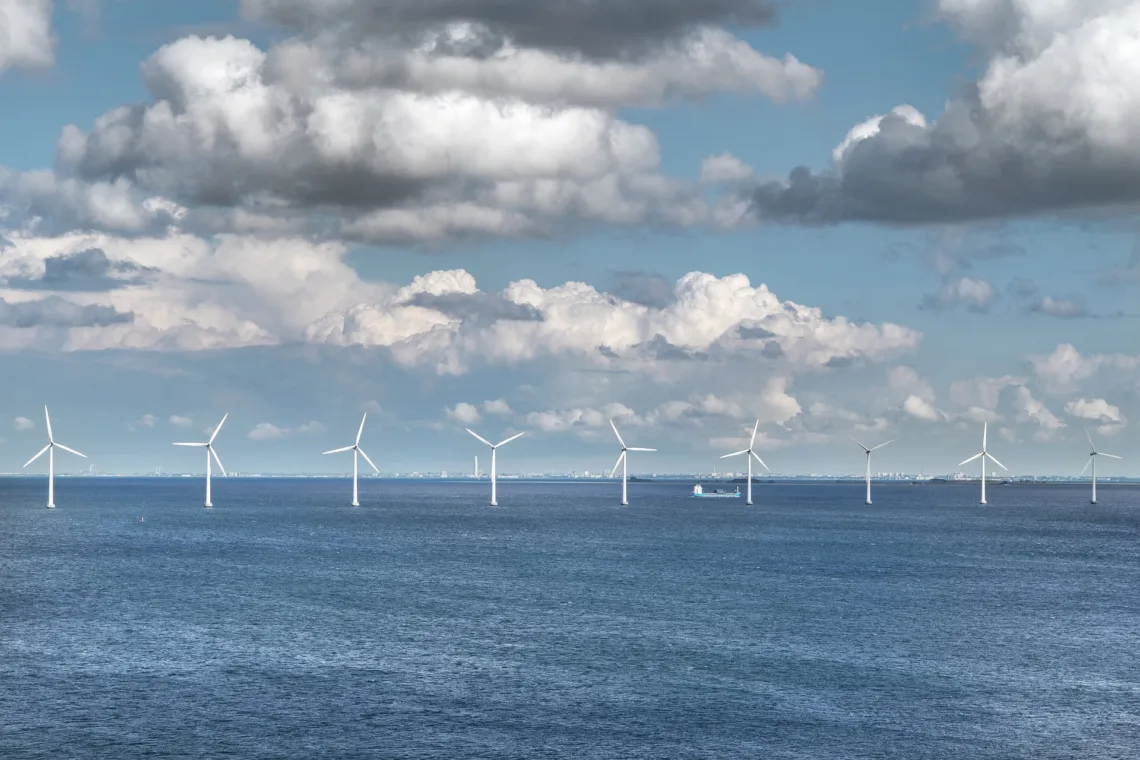Oil and Energy Minister Terje Aasland (Ap) confirmed on Wednesday that the need for support for the development of offshore wind in the Southern North Sea II has been adjusted upwards by NOK 8 billion.
In a leading position, Stavanger Aftenblad writes that the government should put a pause on offshore wind investment. Among other things, because only two months ago the ceiling on the subsidies was 15 billion. Now the subsidies have been adjusted up by a full 8 billion.
Now it has risen by more than 50 percent.
Aftenbladet is also one of the few newspapers in Norway that constantly criticises senseless and costly climate measures.
The right, on the other hand, wants a hybrid solution where the power from the giant turbines can also be used for export. They are supported by the Left. The Conservative Party has therefore withdrawn from the negotiations with the government. It will be possible to make money from the so-called bottleneck revenues and the offshore wind investment will not be as expensive as with the government’s plan, the Conservative Party believe. They have received support from the Left.
But unfortunately the government is supported by a majority in the energy and environment committee, which issues its recommendation on Tuesday 7 June.
Statkraft CEO Christian Rynning-Tønnesen also believes that offshore wind can be profitable, but this depends on larger plants and hybrid solutions.
Here it must be added that there is indeed income at these bottlenecks. But this does not help ordinary taxpayers.
Lars Sørgard, professor at the Norwegian School of Economics and head of the Energy Commission, recently wrote in a column in Dagens Næringsliv that Norwegian offshore wind in the North Sea will largely have the same wind conditions as other countries around the North Sea. And that the value of Norwegian wind power from the North Sea will therefore be very low.
Documents’ Kent Andersen has written articles about this repeatedly for years, in addition to two books.
Climate dreams come at a cost: Equinor stops floating offshore wind on the Troll field
Sørgård wrote that with a low spot price and high development costs, the subsidies could reach 50 billion.
Therefore, Sørgård advocated putting the offshore wind project on hold.
Aftenbladet believes that this case has been handled very poorly by the government.
The estimates for how much money the state has to spend on projects that may never be profitable for our society seem almost as if they were pulled out of thin air.
We must therefore be able to ask the question: Is this really a venture that will serve Norway well?
The conclusion is clear: If the government is able to show courage and reason, the offshore wind project should be put on hold.
Unfortunately, it seems that neither the government nor the Conservative Party see any reason to reconsider climate policy. They want more of everything, as quickly as possible. We taxpayers get the bill, with high electricity prices, inflation and a krone losing value.

